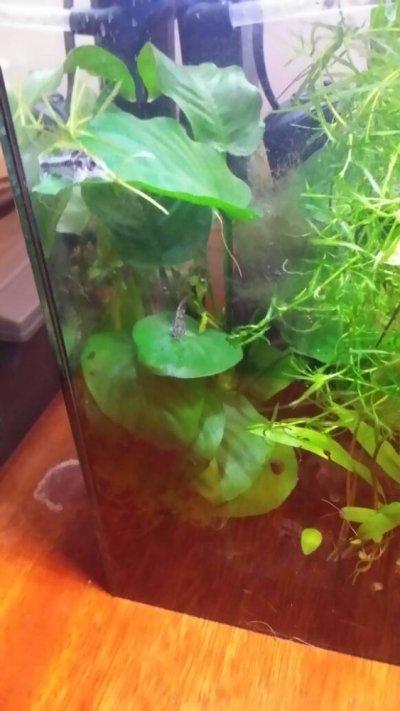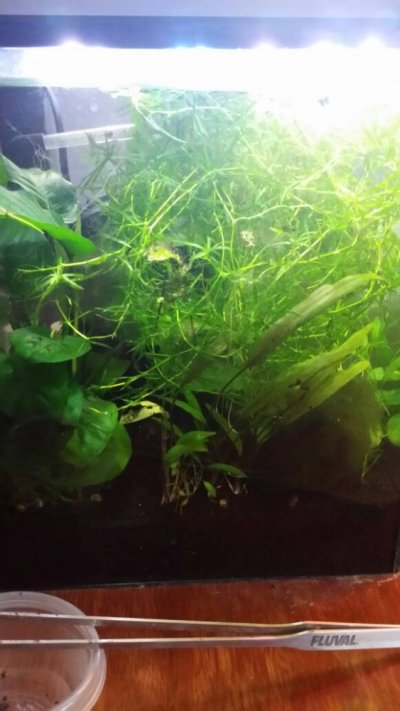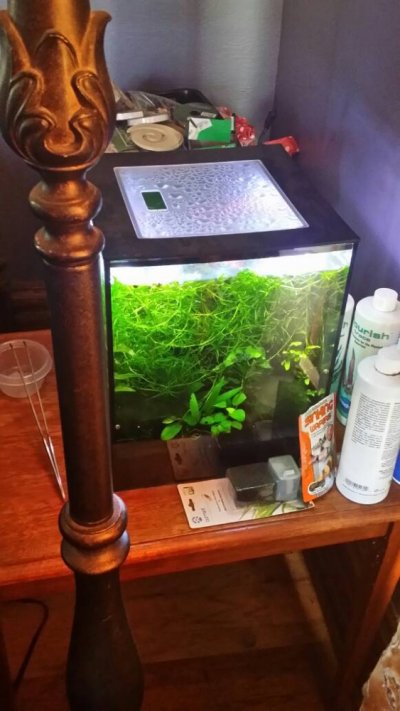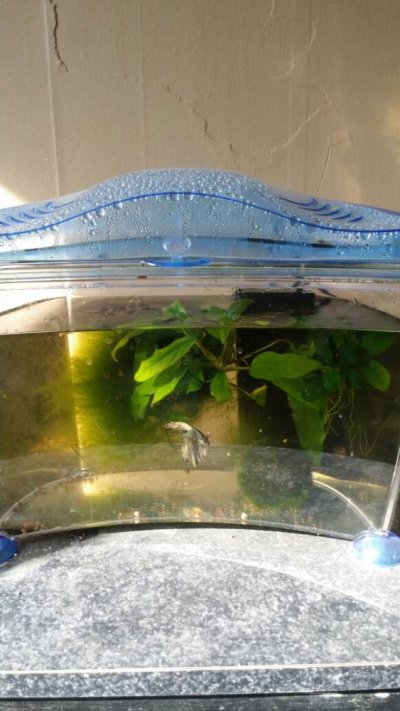jarrod0987
Aquarium Advice FINatic
- Joined
- Jul 12, 2005
- Messages
- 512
I found this statement affiliated with a very old system known as PMDD. I was wondering if the community has found it consistent with there own experiences or if it does not reflect those experiences. I will keep mine a secret for now as not to skew the pole.
"If the aquarium is P limited, higher plants will outcompete algaes of all types for P, and the algae will disappear. If not, and N in the form of nitrates and ammonia is deficient, cyanobacteria will thrive, otherwise green or red algae will predominate. Red algae is favored over green algae if most of the available carbon is in the form of bicarbonates."
Edit: I should have stated I am less interested in the whole Phosphate does or does not trigger algae argument. I am more interested in if the conditions for each type of algae are accurate.
"If the aquarium is P limited, higher plants will outcompete algaes of all types for P, and the algae will disappear. If not, and N in the form of nitrates and ammonia is deficient, cyanobacteria will thrive, otherwise green or red algae will predominate. Red algae is favored over green algae if most of the available carbon is in the form of bicarbonates."
Edit: I should have stated I am less interested in the whole Phosphate does or does not trigger algae argument. I am more interested in if the conditions for each type of algae are accurate.




